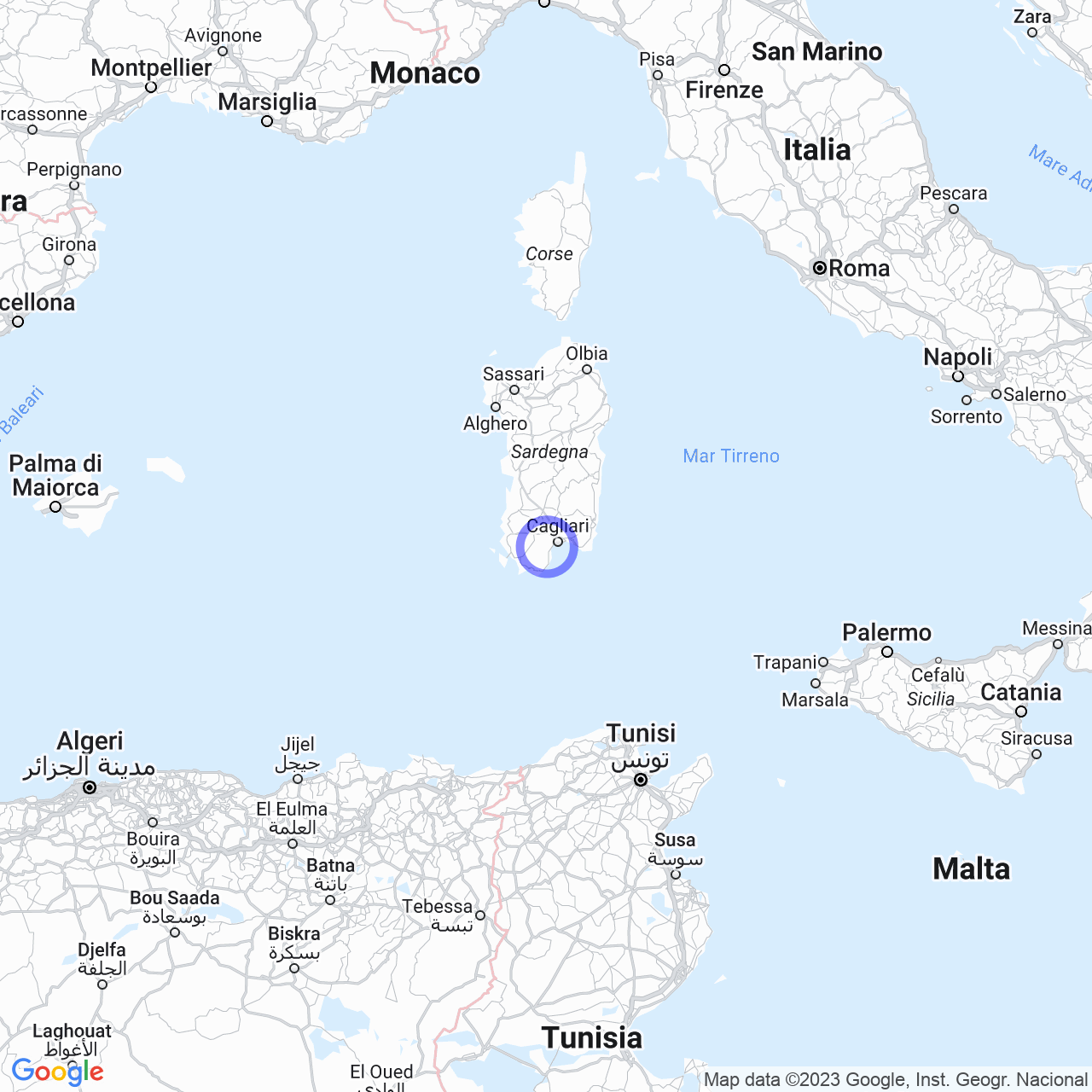Capoterra
Discovering Capoterra
Hello everyone! Today I want to talk to you about a town in Sardinia that I recently had the chance to visit: Capoterra. Located just 17 km away from Cagliari, its metropolitan city, Capoterra is a place rich in history and natural beauty. Get ready to discover everything about it!

Physical geography
Territory
Capoterra’s territory extends from the highest hills of the mountainous area that acts as a crown to the flat zone of the western arm of the Gulf of Angels. This is one of the characteristics that make Capoterra a unique place, full of natural beauty to discover.
History
The ancient village destroyed
Capoterra has an ancient and fascinating history. Since the times of the Nuragic civilization, there is evidence of a lithic workshop and circular huts in the Cuccuru Ibba area. Here, there are also some structures that may suggest the ancient location of nuraghi. But that's not all: Capoterra was also an important settlement area in the history of Phoenician-Punic Sardinia.
The name derives from the Latin Caput terrae, precisely because the village was located near the coastal area and the pond. Over the centuries, Capoterra underwent various vicissitudes: in 1107 it was donated to the Cathedral of San Lorenzo in Genoa, while in 1288 it suffered a harsh defeat by the Genoese.
Later, the territory and the village of Capoterra passed under the control of Mariano II of Arborea. In 1324, there was the battle of Lucocisterna, where more than 1200 Pisan knights were defeated by the armies of Prince Alfonso.
But in 1353, Capoterra was burned and destroyed by the men of Aragonese Captain Berengario Carroz II, following the disagreements between the King of Aragon and Arborean Judge Mariano IV of Arborea.
Beauty to discover
The Natural Park of Monte Arcosu
Among the natural jewels of Capoterra is the Natural Park of Monte Arcosu. Here, there is the last colony of Sardinian wild boars, one of the symbol species of Sardinia, and other important animal species. It is an unforgettable experience for those who love nature and the outdoor life, including trekking, mountain biking, and birdwatching.
The beaches
Capoterra is also synonymous with the sea, wild beaches, and breathtaking landscapes. The beach of Maddalena is one of those that leave you breathless: clear waters, white sand, and a turquoise sea that seems endless. Another noteworthy beach is that of Su Giudeu, famous for the beauty and fineness of its sand grains.
The old Pineta
Another place worth visiting in Capoterra is the old Pineta. Here, there are pergolas, fountains, and equipped spaces for picnics, all surrounded by a beautiful forest that invites tranquility and relaxation.
Events and festivals
The festival of Sant'Efisio
Capoterra is also famous for the celebration of Sant'Efisio, which takes place every year on May 1st. It is a religious event that attracts thousands of faithful people from all over Sardinia, but it is also an opportunity to discover the traditions, craftsmanship, and food and wine specialties of the area.
The Fregula Festival
Fregula is a typical Sardinian specialty, a sort of dry, round, granulous pasta, made of durum wheat flour. Capoterra celebrates the Fregula Festival every summer, in an event that includes tastings, show cooking, music, and much more.
Conclusions
As you can see, Capoterra is a place rich in history and natural beauty to discover. It is an ideal destination for those who love nature, the sea, traditions, and good food. But not only that: Capoterra can also be an interesting destination for those who want to discover Sardinia outside the classic tourist circuits. I hope I have conveyed the passion for this wonderful place. I recommend that you go and discover Capoterra as soon as possible!
